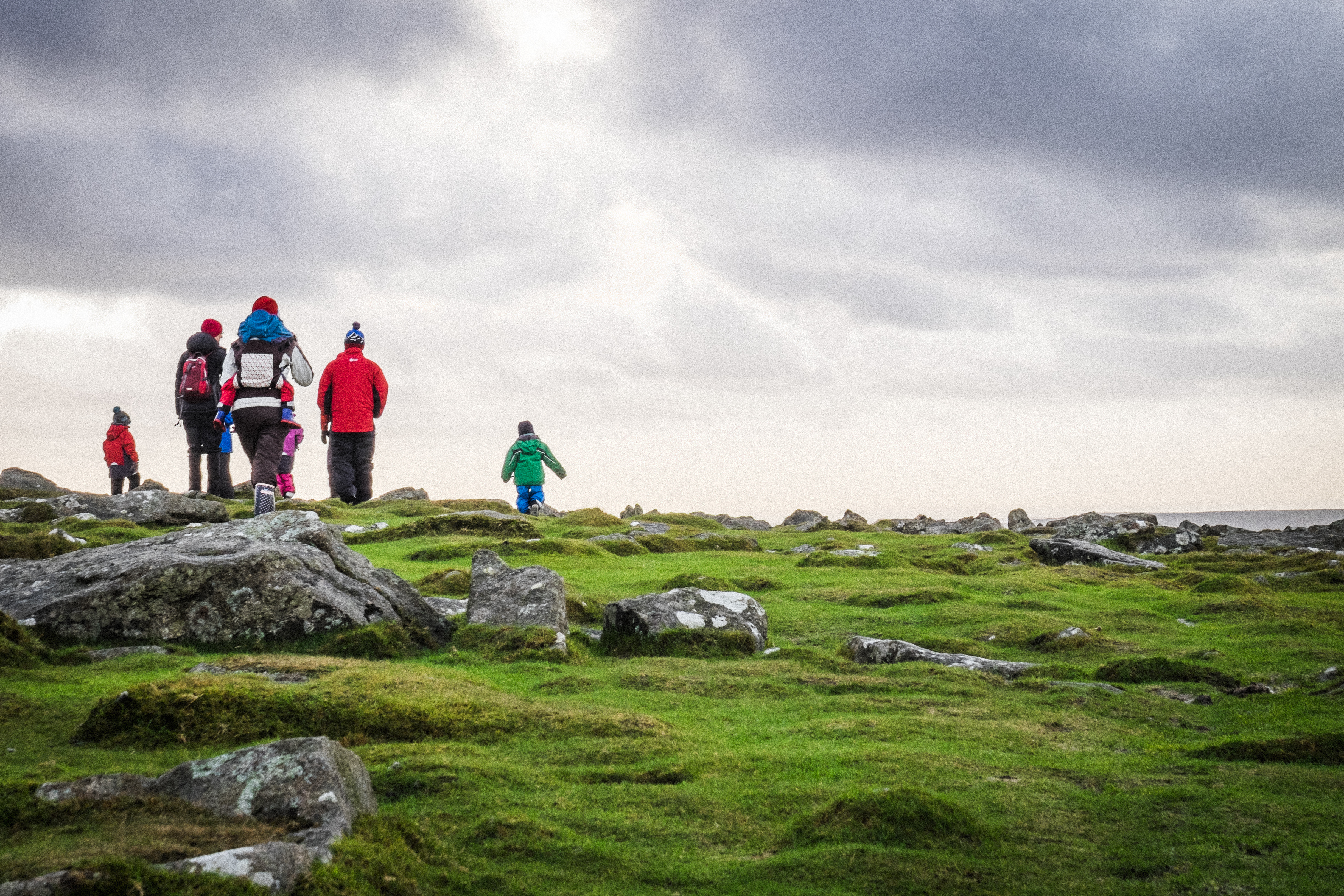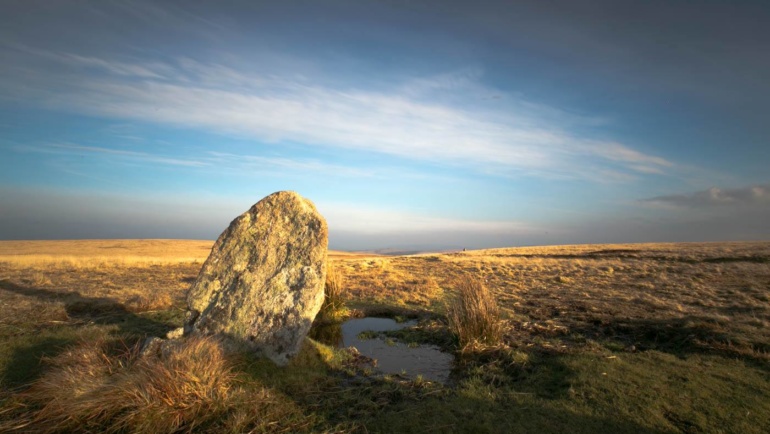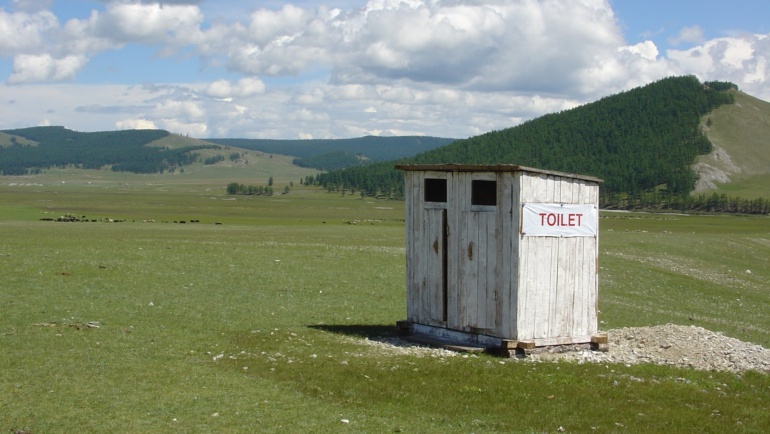Dartmoor National Park (DNP) is a glorious wild open space of 368 square miles. It has extensive wild and open (and windswept) moorland – a large part of which (65%) is made up of granite. The moor is capped with many exposed high granite hilltops known as tors. There are over 160 tors on Dartmoor making them a principal aspect and characteristic feature of Dartmoor’s landscape. They also provide magnificent views over deeply wooded valleys and ancient farmland enclosed by stone walls.
There are over 40 Sites of Special Scientific Interest (SSSIs) with the DNP covering 26,169 hectares (64,664 acres). The two main sites of North Dartmoor and South Dartmoor total over 20,000 hectares (49,420 acres). I spend most of my time on North Dartmoor but love both equally.
Archaeology dominates as much as nature with over 1,000 Scheduled Ancient Monuments. If you like statistics, over half the stone rows in England are to be found on Dartmoor, together with over 5,000 prehistoric hut circles, 10,000 hectares of Bronze Age field systems and almost 2,500 historic buildings.
True, it does have a bit of a reputation when it comes to weather. The higher altitude and exposed nature of the landscape creates ‘more weather.’ But (and you may not believe me here), winter on Dartmoor is by far my favourite time of year – empty, desolate and bleak yet invigorating and stimulating.
And there’s the more human aspect. Dartmoor is surrounded by active small communities whose characters have been shaped by their location to the moor. In addition, for over 5,000 years farming has been the main land use on Dartmoor. Working and re-working the land, farmers have created, shaped and maintained a large part of the Dartmoor landscape. The East Okement Farm is the highest working farm on Dartmoor, close to where I live, and forms the centrepiece to one of my favourite walks on the moor.
Remote, wild and timeless have all been used to describe Dartmoor. And yet, Dartmoor is so much more than just a sum of all these different descriptions or its constituent parts. And that’s what makes it such a special place.


